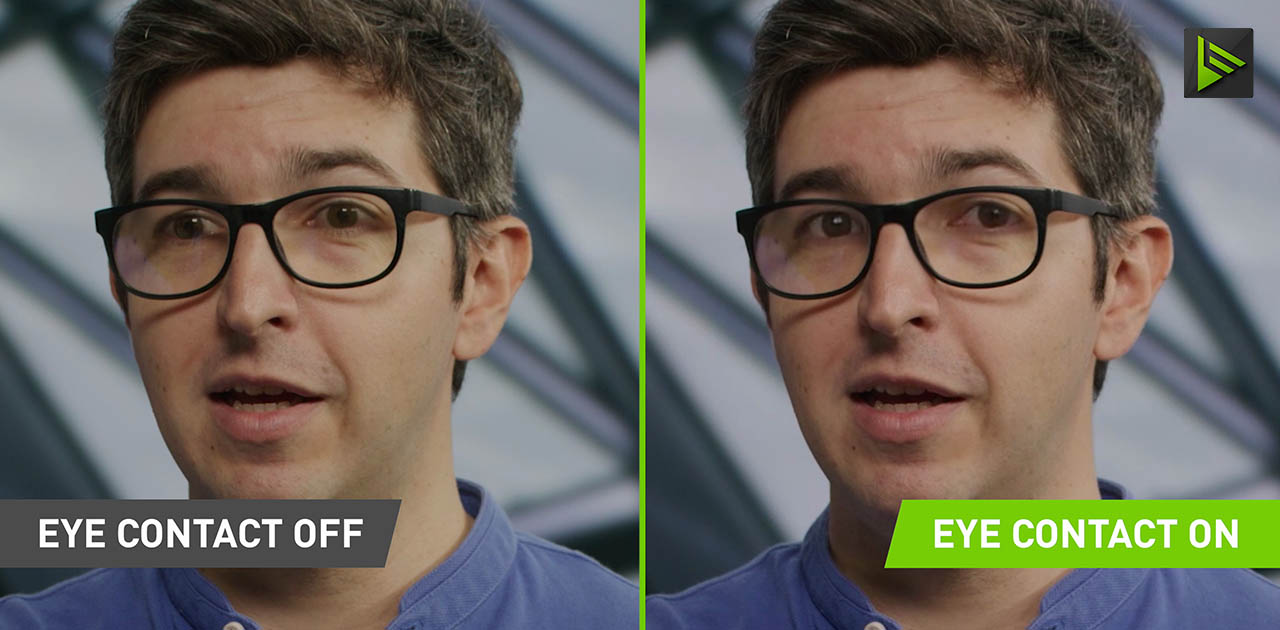Webcams and Eye Contact in the Post-Covid Office

By: Polly Britton
Consultant, Plextek
16th February 2023
In 2020, offices around the world made an abrupt move to a near 100% virtual workplace, forcing many employers to re-evaluate the benefits and trade-offs of working from home. Product Designer, Polly Britton, looks at what the far future may look like for human interactions across physical distances:
In the Isaac Asimov novel, The Naked Sun, the planet of Solaria is so sparsely populated that humans living there can only visit each other by sending holograms of themselves into each other’s homes. The projections look and sound so realistic that it is as if the people are in the same room together. (If you’ve ever watched Star Trek, the ‘Holodeck’ showed a similar level of holographic technology, but they never used it to communicate.) The illusion is so convincing that the Solarians feel no need at all to meet each other in person and find the whole concept of visiting each other quite foreign.
This is the standard of technology I imagine when thinking of remote communication in the future. With ever-increasing internet speeds, high-resolution displays, and 3D surround sound, it’s a standard we could easily approach within my lifetime. It makes me wonder, how much of our travel will be replaced by ever-improving tele-communication technology?
In 2020, many workplaces discovered that they could operate almost entirely remotely, with employees logging onto their home computers instead of commuting to the office. For many, it was a difficult adjustment to make, and everyone felt the effects on productivity and personal well-being in their own ways, but the working from home trend saved a lot of commuting expenses and CO2 emissions on average.
Now, in 2023, the workplace has been permanently altered. Working remotely, partially, or entirely, is offered by many employers who never offered it before, and meetings are much more likely to be hosted virtually than they were pre-pandemic. As communication technology improves, offering a more realistic experience, this trend may continue in many industries.
It’s easy to imagine the potential benefits of replacing expensive business trips and tedious commuting with Teams calls, but to what extent will it replace our social interactions too? What are we getting from these interactions in ‘meet-space’ (or ‘meat-space’) that is worth spending hours travelling to a physical location that we occupy together? In addition to the time spent, we must consider the financial and environmental impacts of that physical journey, not to mention the potential health risks from contagious diseases.
There are certainly a multitude of signals that we send (consciously and unconsciously) with our subtle body language, facial expressions, and tone of voice. Some of these nuances cannot be communicated remotely using current technology. Even making eye contact is impossible using the typical webcam setup or front-facing phone camera. To look at the person you are talking to on the screen, you have to look away from the camera, which gives the appearance of breaking eye contact. To give the impression of eye contact you can look directly at the camera lens, but it feels unnatural, and you can’t actually see the person you’re pretending to look at.
Nvidia have recently released streaming software with an “Eye Contact effect,” which actively modifies the image of your eyes in real-time to simulate eye contact with the camera. The virtual eyes mimic the colour and shape of the user, and they can move and blink in real time. The effect is convincing and natural at first glance, but some have called it ‘creepy’ and ‘uncanny’, perhaps because people don’t usually hold eye contact for more than a few seconds at a time.
A new study led by Tampere University in Finland found that eye contact during video calls (or the illusion of it) can elicit similar psychophysiological responses to those triggered by genuine, in-person eye contact. These findings suggest that a system enabling natural eye contact during a video call could go a long way to making the interaction ‘feel’ real. This is just one step on the way to the gold standard described in The Naked Sun, and we can expect to cover more distance in years to come.
But even with a perfect communication system like in The Naked Sun, would we still take long journeys to visit our families at Christmas, or be present at a wedding? I think so. There is no replacement for the experience of being together and sharing food with friends and loved ones. Our social lives are much more than just seeing and hearing each other.
As we have already seen, digital music has not made live concerts obsolete and high-quality video streaming has not made cinemas obsolete (yet!) so perhaps entertainment is more than just consuming content.
But what about our professional lives? In a world with perfect hologram technology, would we still want to visit the consultancy designing our product, or the factory manufacturing it? There is no way to shake hands or offer a cup of tea over the internet. The same goes for many of the other micro-rituals that we use to develop trust and rapport with one another in a professional setting.
Businesses and individuals are constantly balancing financial, personal, and environmental factors against their desire for physical interactions, and those trade-offs will change continuously with the introduction of new technology, creating new trends. The 2020 lock-downs triggered a dramatic step-change in the way we use technology, proving just how unpredictable the arc of progress can be. The next step-change might come from new innovations or it might be that our way of life changes, creating a demand for new technological advances.
We have recently worked with a client to deliver their next generation interactive office screen with enhanced online meeting capabilities. To learn more about how we can help your next project please get in touch.





